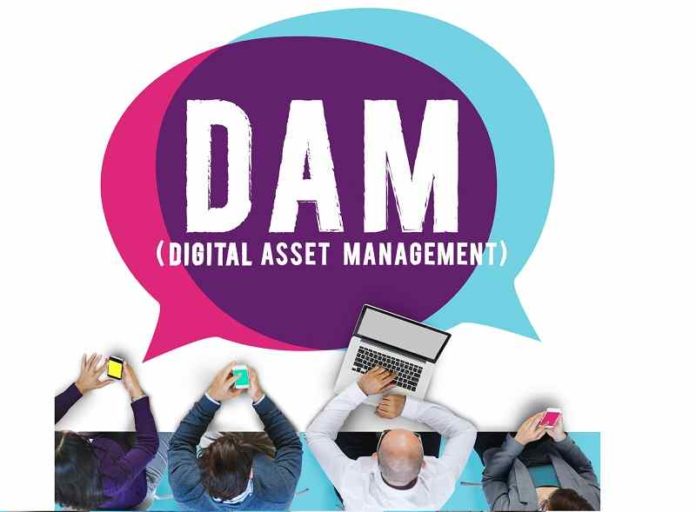It’s that season again when we stop to give thanks (usually with a turkey in attendance) for our many blessings. Successful small businesses certainly have a lot to be thankful for—especially because things can get tough for a company as it grows.
One of the biggest challenges a marketing team faces is the expansion in marketing content. No one has to tell them that brochures, Instagram posts, website copy, POS materials, presentations, blog posts, booth graphics, packaging designs, and dozens of other needs seem to mushroom overnight. Each of these items involves some combination of photography, video elements, text documents, illustrations, charts, audio files, layouts—the list goes on and on.
That’s why so many companies, as they mature, make the decision to invest in a DAM solution.
A digital asset management, or DAM platform supports the management, organization, and distribution of digital assets from a central repository. When content has business value, it’s considered a business asset—and a DAM system allows marketers to not only manage those assets from a single location, but also distribute and track them so the company can more effectively communicate its brand story and build authentic, lasting connections with customers.
Why do so many small businesses with a DAM platform give thanks for their decision? Here are just a few reasons:
“Because we couldn’t grow any further without one.” New products and services, new media channels, new competitors, and new geographic markets all require digital assets with unique business and creative requirements. Reaching those channels quickly can be overwhelming if team members are populating them individually. Leveraging a DAM system allows the organization to keep multiple channels aligned with consistent content, keeping the company on brand and reducing time-to-market.
“Because now we have a central source of truth.” DAM tools provide essential information on how digital assets are used throughout the content lifecycle. Performance analytics, for example, assist managers in reviewing the many ways and places assets are utilized. Given the fast pace of today’s marketing, it’s essential that the correct materials are used and proper licensing requirements are followed. A DAM system ensures that approved assets are securely accessible and readily available for use.
“Because the right content is getting to the right people at the right time.” At many organizations, creative teams often work away from the office; outside partners and distributors also frequently need access to internally-stored content. DAM platforms make it easy to share and distribute assets through the use of share links, collections, and portals. With these options, assets can be securely shared with designated recipients without providing them access to the full system. To make navigation and sharing even easier, DAM tools use customizable metadata to enhance searchability and ensure that assets can be found quickly.
Like any software platform, a DAM system is most beneficial when it is implemented and maintained using a deliberate strategy. Businesses will obtain the greatest benefit when they follow a few important steps:
- Assemble a winning team. Successful DAM platform rollouts are the result of collaboration. Appoint a team of three to five people; e.g., power users from different departments, a system administrator, and someone who will be the DAM champion.
- Document the business goals upfront. Preparation is one of the most important steps of all. The goals for a DAM platform must be SMART (Specific, Measurable, Attainable, Realistic, and Timely) and shared with anyone who will interact with the system.
- Understand stakeholder workflows. A marketer requires different assets and file formats than a designer. A regional salesperson will use assets differently from his or her global counterpart. Make sure your team brainstorms with all stakeholders to understand their workflows and preferences.
- Appoint a DAM administrator. Organizations with a dedicated DAM administrator (someone who spends at least half their time keeping the system organized and optimized) see a greater ROI from their system and content efforts than those with an admin who devotes less than 20 percent of their time.
- Keep the successes coming. Where many organizations fall flat is in failing to build hype for the system after launch. It’s critical to plan and execute ongoing trainings, games, webinars, and engagement initiatives to keep users excited and interested.
For any growing business, building and maintaining brand recognition, trust, and credibility is essential. Yet disorganization can set in as a company grows, making it tougher to deliver a cohesive brand story. A DAM system will solve this problem by centralizing your digital assets, ensuring they are accessible, up-to-date, and organized. Ask anyone who has one: a DAM platform is critical to building and maintaining their company’s reputation and streamlining operations—and reason enough, this time of year, for an attitude of gratitude.
Courtney Roe is head of global content strategy for Widen.
Businesses stock photo by Rawpixel.com/Shutterstock







